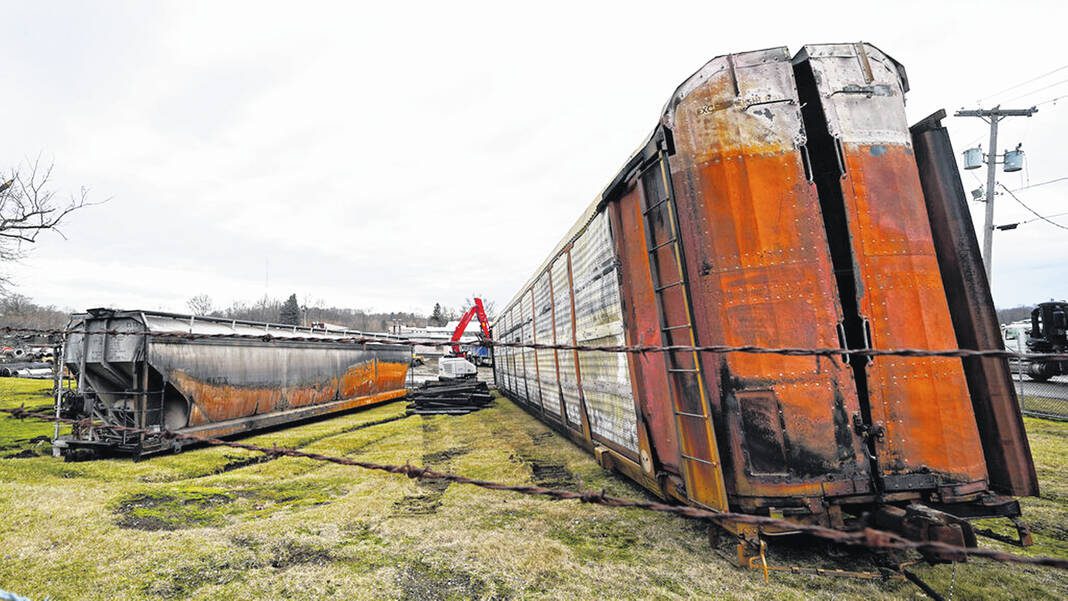
Ohio Residents Uncertain After Train Derailment
Ohio residents are uncertain about their East Palestine community, weeks after the train derailment that occurred on February 3rd. The past incident raises questions for the area’s public health.
Why was the train carrying hazardous materials in the first place? The safest mode of transportation to carry chemicals are railroads.
“Even though federal and industry statistics show that rail is a safer way to carry hazardous materials than truck or plane, spills and leaks still happen,” CNN reports.
Contaminated Concerns For Residents
The release of toxins into the air, ground, and water has contaminating concerns for established residents. For example, John and Lisa Hamner have forged a prosperous garbage truck business in East Palestine; nevertheless, the thought of leaving town has never entered their minds in eighteen years until now. The lingering impact of the chemicals has caused Mr. Hamner’s eyes to turn red and swole. Mrs. Hamner has lost sleep, particularly to her increased anxiety of other chemicals that are still around, despite the cleanup.
The Environmental Protection Agency (EPA) reported five chemicals carried in the rail cars. The most harmful was vinyl chloride, a highly flammable chemical used in plastic products. Research says the exposure of vinyl chloride can lead to a form of cancer. Dizziness and possible damage to the lungs can happen shortly after contact too.
Juliane Beier, a hepatologist at the University of Pittsburgh studies vinyl chloride and its exposure to animals. She has observed how “low doses” can lead to liver disease.
No Federal Assistance
Ohio Governor Mike DeWine said he was “not seeing” need for federal assistance. He trusts the management of the EPA and the Norfolk train. Mandatory town evacuations enacted due to the threat of an explosion after the incident. Construction crews have put oil containment in waterways and blocked off ditches with polluted soil. In addition, the EPA has collected one million gallons of water in containers. Officials declared it safe to return home after testing the air and facilitating water treatment February 8th.
More tests will continue for long-term impact.
Featured Image by Gene J. Puskar/AP Photo


